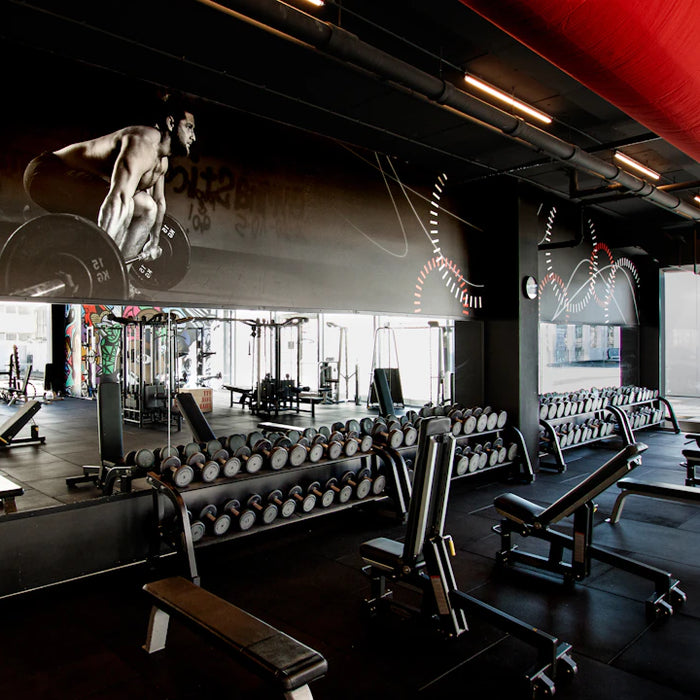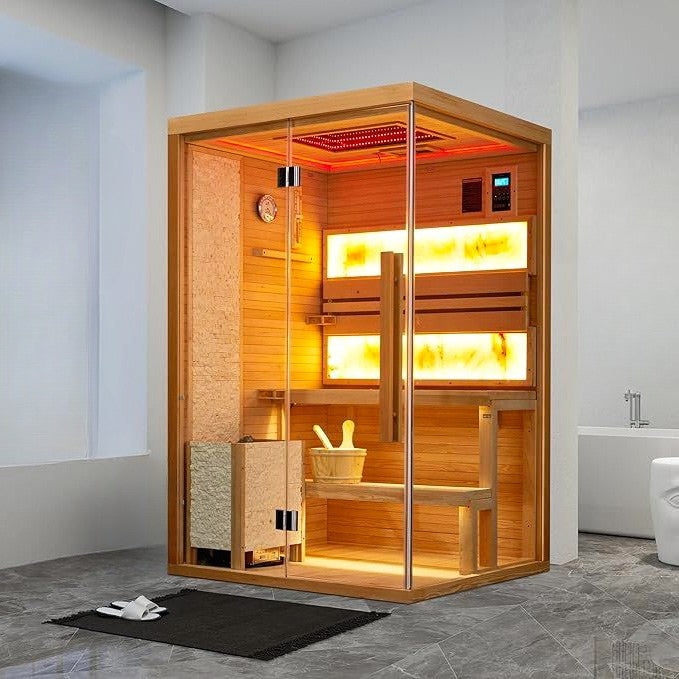In an era where fitness is a cornerstone of healthy living, the design of gym equipment plays a pivotal role in ensuring effective workouts while minimizing injury risks. Understanding ergonomics in gym equipment design can transform how we utilize our home fitness gym or local facilities.
What is Ergonomics?
Ergonomics is the scientific study of people at work, focused on designing equipment and devices that fit the human body and its cognitive abilities. In the context of fitness, ergonomics addresses how gym equipment is shaped, positioned, and structured to facilitate safe and efficient workouts. Proper ergonomics ensures that gym instruments for home and commercial environments support users in achieving optimal performance without strain or injury.
The Role of Ergonomics in Gym Equipment
The significance of ergonomics in gym equipment design cannot be overstated. A well-designed piece of fitness equipment can enhance workout efficacy and increase user satisfaction. Here are key aspects where ergonomics comes into play:
1. Comfort and Support
Comfort is the cornerstone of effective workouts. Ergonomically designed gym benches, resistance machines, and cardiovascular equipment provide proper support to reduce fatigue. This means you can push through chest workouts gym sessions without worrying about discomfort that may lead to suboptimal performance.
2. Improved Performance
Effective equipment design can lead to improved performance. When fitness machines for home are tailored to human mechanics, users can lift better and perform exercises such as squats and bench presses more efficiently. Having ergonomic home gym workout equipment allows users to target specific muscle groups effectively, leading to better overall fitness results.
3. Injury Prevention
Improperly designed equipment can lead to injuries, which may deter users from their fitness journey. For example, poorly constructed gym flooring or inadequate support during heavy lifts can cause strains and sprains. A focus on ergonomics minimizes these risks, ensuring users can engage in their favorite workouts safely.
4. Accessibility and Adaptability
Whether you’re setting up a home gym or heading to an outdoor gym, accessing ergonomic designs ensures that individuals of all sizes and ability levels can use the equipment effectively. This adaptability enables more people to participate in fitness routines, breaking down barriers and fostering inclusivity in health and wellness.
Key Features of Ergonomic Gym Equipment
When looking for home gym gear or visiting a fitness equipment shop near you, there are several telltale design features to scan for:
-
Adjustability: Look for home gym exercise equipment that allows customization to fit user height and personal workout preferences.
-
Proper Angles: Equipment that promotes natural movement patterns helps maintain joint alignment, preventing injuries.
-
Comfortable Grip: Handles and grips should feel secure and comfortable to minimize hand strain during workouts.
-
Stable Base: Equipment should provide a solid foundation to prevent wobbling or tipping during intense workouts.
-
Padding and Support: Ample padding in key areas like benches and seats utilizes ergonomic principles to reduce discomfort.
Popular Types of Ergonomic Equipment
As you explore options for your home gym fitness equipment, consider the following types of ergonomic designs:
1. Adjustable Gym Benches
These versatile pieces of equipment allow modifications for incline, decline, and flat positions, catering to a variety of workouts. With adjustable gym benches, you can target different muscle groups effectively, optimizing your chest workouts gym experience.
2. Machine Designs
Ergonomic machines at the gym, particularly those designed for resistance training, often feature adjustable seat positions, backrest angles, and limb paths to ensure that users of all shapes and sizes can work-out without discomfort.
3. Resistance Bands and Free Weights
While they may seem simple, ergonomic designs in resistance bands and free weights can greatly enhance their usability. Look for items that offer unique grips or feature non-slip surfaces to encourage a secure hold during workouts.
4. Stability and Balance Equipment
Items such as Swiss balls or balancing boards can improve stability while strengthening core muscle groups. An ergonomic structure encourages better posture and methodical actuation.
Creating an Ergonomic Home Gym
Setting up a home gym requires careful consideration to ensure that all home gym equipment aligns with ergonomic principles. Here are some tips to create your ergonomic haven:
1. Evaluate Your Space
Start by evaluating the space where you plan to set up your home gym. Ensuring proper room dimensions, ceiling height, and sufficient lighting can make a significant difference. Do not forget about gym flooring, as the right choice can offer necessary cushioning while exercising.
2. Choose Ergonomic Designs
Opt for pieces that offer adjustability and comfort. Prioritize equipment that caters to a range of body types and fitness levels, especially if you plan to share your home gym with family members.
3. Prioritize Key Equipment
Your home gym should house essential workout for legs at home, core strengthening, and upper body exercises. Depending on your fitness goals, consider adding resistance bands, dumbbells, stability balls, and ergonomic benches.
4. Test Before You Invest
Before finalizing purchases, test gym instruments for home to ensure they fit your body type and preferences. A visit to a fitness equipment shop near you can allow you to feel the equipment before making a final decision.
Finding Quality Ergonomic Fitness Equipment
Investing in high-quality equipment will pay off in the long run. As you aim to optimize your home gym experience, consider shopping online or visiting local shops that prioritize ergonomic designs. Research reviews and recommendations to ensure you're selecting the best home gym fitness equipment for your needs.
Top Tips for Purchasing Ergonomic Gym Equipment
-
Do Your Research: Look for brands that specialize in ergonomic workout gear and read customer reviews.
-
Assess Your Needs: Understand your workout goals and select equipment that aligns with them to maximize your investment.
-
Watch for Sales: Regularly check for sales and seasonal promotions that can help you save money while investing in quality items.
-
Ask Experts: Don't hesitate to seek advice from fitness trainers or professionals when selecting equipment for your home gym.
Elevate Your Fitness Journey
Incorporating ergonomic principles into your home gym setup and selecting the right home gym equipment can significantly enhance your fitness experience. Whether you're engaging in chest workouts gym, leg exercises, or cardio sessions, ergonomically designed equipment is essential for maximizing performance and reducing the risk of injury. Prioritize comfort, safety, and effectiveness in your fitness journey and witness the benefits of well-designed equipment.
























